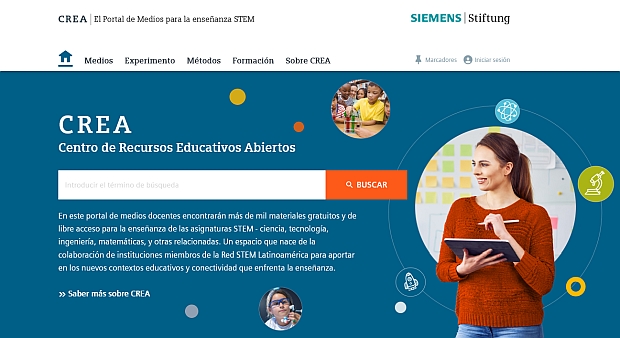3. Acids and bases – 3.1 Indicators to test acids and bases (alkalis) (teacher instructions)
Text
Experimentation instructions:
Background information on the content and practical information on conducting the “Indicators to test acids and bases" experiment.
Available in:
English
Type of media:
Text
Last update:
2022-10-24
License:

This medium is made available under a CC BY-SA 4.0 international license.
What does this mean?
How to reference this medium

This medium is made available under a CC BY-SA 4.0 international license.
What does this mean?
How to reference this medium
Media package:
Description:
A good way to introduce the subject of acids and bases to students is in relation to our body: the tongue as a taste sensor, the acid mantle of the skin, soap in the eyes, acid burps, etc.
We can refer to natural and artificial dyes as “sensors” for acids and bases.
By the way, base is the general term whereas alkalis (they contain alkali metals) are a subset of basic substances.
One item deals with „Technical application and vocational orientation“.
We can refer to natural and artificial dyes as “sensors” for acids and bases.
By the way, base is the general term whereas alkalis (they contain alkali metals) are a subset of basic substances.
One item deals with „Technical application and vocational orientation“.
Related media:
Learning resource type:
Experiment
Subjects:
Biology; Chemistry
Grade levels:
Grade 7 to 9; Grade 10 to 13
School types:
Middle/high school; Vocational training
Keywords:
Acids; Base (chemistry); Medicine (medical science)
Bibliography:
Siemens Stiftung Media Portal
Author:
Dieter Arnold
Rights holder:
© Siemens Stiftung 2022



